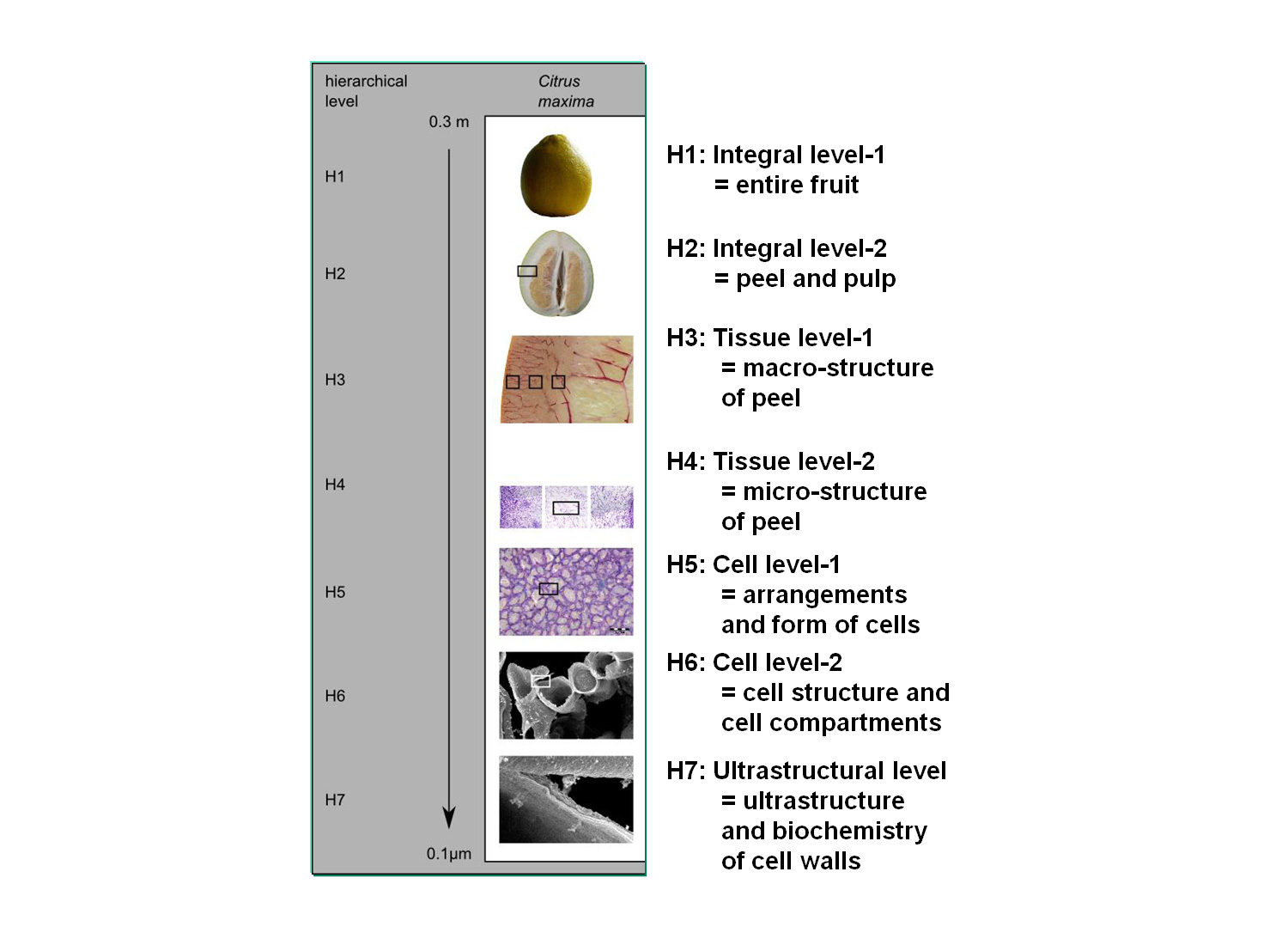B01 > Scaling of properties of highly porous biological and biomimetic constructions
Principal Investigators
Prof. PhD. Klaus Nickel (TÜ-AM),
Prof. Dr. rer. nat. Siegfried Schmauder (S-IMWF)
Associated scientist
Prof. Dr. rer. nat. Thomas Speck (FR-PBG)
Research Team
Stefanie Schmier
Christoph Lauer, M. Sc.
Dipl.-Biol., M. Sc. Immanuel Schäfer
Goal is the successful description of size/volume/property-relations by applying material science models on natural concept generators and porous biomimetic constructions. We want to evaluate, whether predictions can be made based on the distribution of mechanical relevant parameters within a population or species of animals or plants. Likewise we wish to evaluate the predictive power of such an approach for biomimetic constructions, which merely carry the principles taken from the biological concept generators. Starting point will be the algorithms of Weibull.
A further goal is to determine the limitations of such methods of description, because natural biological constructions are often structured hierarchically, i.e. they react towards environmental constraints from a certain size up by forming another level of construction with likely own size/property relations. For a better and more quantitative understanding of adaptive processes observed in biological concept generators which are acting as well on the phylogenetic as on the ontogenetic level a mathematical prediction indicating the stage at which a new (structural) level is necessary, would be of great value and indeed could be seen as a breakthrough. In addition of the high importance of such models for the development of bio-inspired materials and structures this would provide invaluable insights into biological structures (reverse biomimetics).
The choice of sea urchin spines as role model from the animal kingdom is a logical one as they have a relatively simple structure and often come in a rod form, which is directly suitable for testing in mechanical and physical investigations. Nonetheless their microstructure is hierarchical and thus possesses the complexity required to act as a typical candidate for natural materials. From the plant kingdom some protection structures with high energy dissipation capacity and/or puncture resistance as e.g. certain nut shells, drupe endocarps and seeds coats show an extraordinary high specific strength and toughness, and represent suitable role models. They show a pronounced hierarchical structuring, increase in size and complexity during ontogeny, and can be characterized mechanically and structurally from (relatively) small testing samples.


